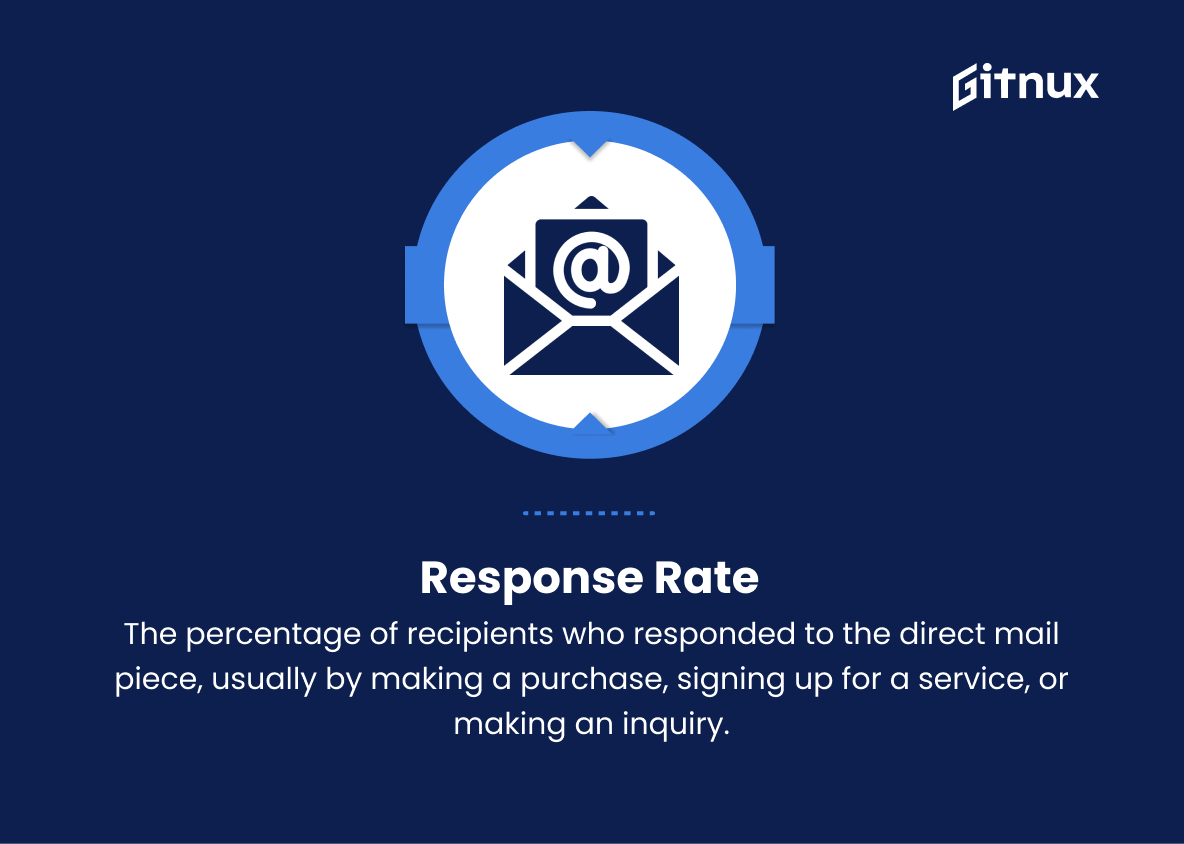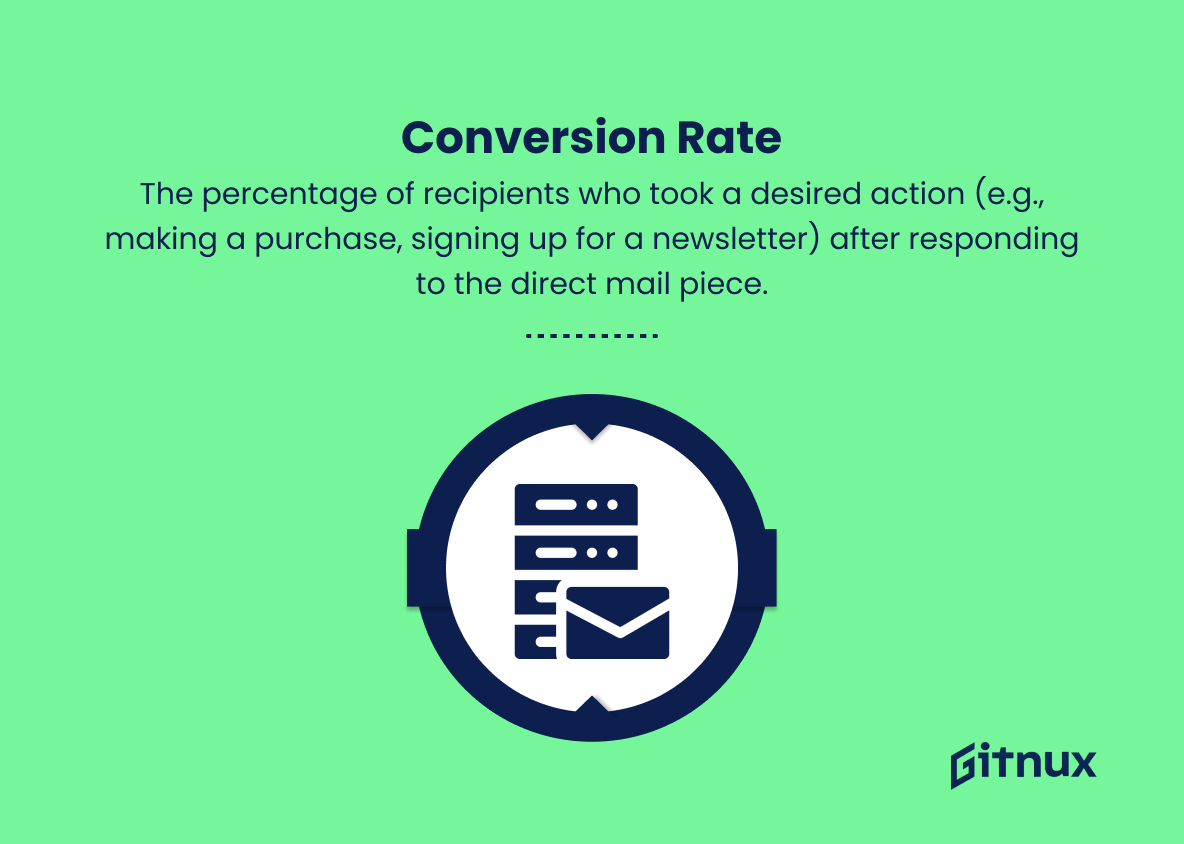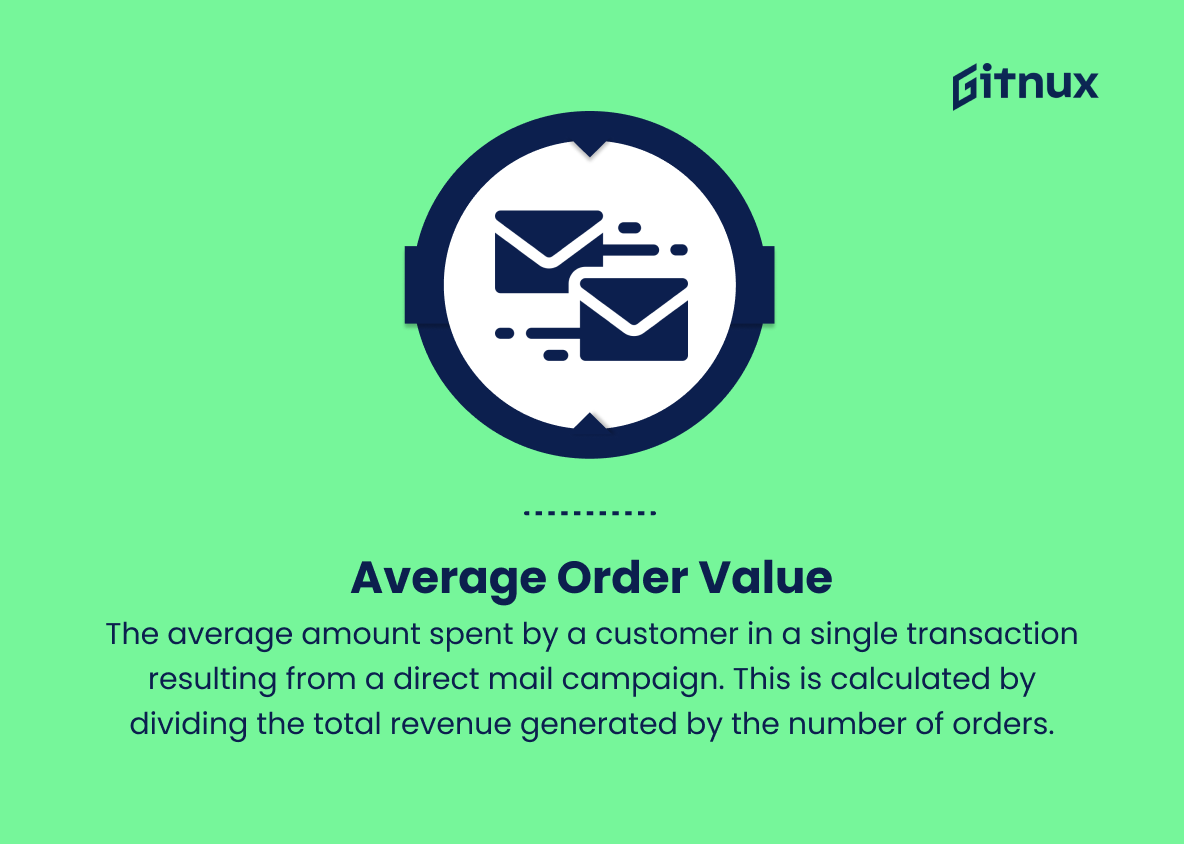To succeed in today’s marketing world, businesses must track direct mail metrics. Measuring performance helps optimize future campaigns. This blog post covers important KPIs and effective tracking methods to improve direct mail. Whether a marketer or business owner, actionable insights are provided to boost success. Learn how to make direct mail measurable and impactful.
Direct Mail Metrics You Should Know
1. Response Rate
The percentage of recipients who responded to the direct mail piece, usually by making a purchase, signing up for a service, or making an inquiry. It is calculated by dividing the number of responses by the total number of mailers sent.
2. Conversion Rate
The percentage of recipients who took a desired action (e.g., making a purchase, signing up for a newsletter) after responding to the direct mail piece. It is calculated by dividing the number of conversions by the total number of responses.
3. Cost per Acquisition (CPA)
The average cost of acquiring a new customer via direct mail. This is calculated by dividing the total cost of the direct mail campaign by the number of new customers acquired.
4. Return on Investment (ROI)
The net profit generated by the direct mail campaign divided by the total cost of the campaign. This metric tells you how much money you make for every dollar you spend on direct mail.
5. Average Order Value (AOV)
The average amount spent by a customer in a single transaction resulting from a direct mail campaign. This is calculated by dividing the total revenue generated by the number of orders.
6. Lifetime Value (LTV)
The estimated profit your business expects to generate from a customer during their entire relationship with your company. This metric helps you understand the long-term value of acquiring new customers through direct mail.
7. Bounce Rate
The percentage of direct mail pieces that couldn’t be delivered to the intended recipient. This can happen due to various reasons like incorrect addresses, a closed business, or the recipient having moved. A high bounce rate can indicate data quality issues with your mailing list.
8. Delivery Rate
The percentage of direct mail pieces that were successfully delivered to the intended recipient. It is calculated by dividing the total number of delivered mailers by the total number sent. A high delivery rate indicates that your mailing list’s data quality is accurate.
9. Open Rate
The percentage of recipients who opened the direct mail piece. This metric can be difficult to track with physical mail but may be estimated through surveys, feedback, or using unique tracking codes on the mailer.
10. Unsubscribe Rate
The percentage of recipients who opted out of your mailing list after receiving your direct mail piece. A high unsubscribe rate may indicate that your target audience is not interested in your offer or that the mailer’s content is not compelling enough.
11. Time to Respond
The average time it takes for recipients to respond after receiving the direct mail piece. This helps you understand the potential lag between sending the mailer and receiving the desired response.
12. List Growth Rate
The percentage by which your direct mail list grows over time. Growing your mailing list is important for reaching more potential customers and increasing the overall impact of your direct mail campaigns.
Direct Mail Metrics Explained
Direct mail metrics like response rate, conversion rate, cost per acquisition, and ROI evaluate campaign effectiveness. They measure audience engagement, sales, and list growth. Average order value and lifetime value help understand customer behavior. Tracking bounce, delivery, open, and unsubscribe rates improve list quality. Response time guides timing and frequency. These metrics inform data-driven decisions for a successful direct mail strategy.
Conclusion
In the ever-evolving landscape of business communication, direct mail continues to hold its own as a highly effective marketing strategy. By focusing on the key metrics such as response rate, conversion rate, ROI, and cost per acquisition, businesses can precisely gauge the success of their direct mail campaigns and fine-tune their approaches accordingly.
Remember that the ultimate goal of direct mail is to establish and nurture meaningful connections with your target audience. By continually measuring, analyzing, and improving these crucial metrics, you can unlock the full potential of direct mail marketing and achieve astounding results for your business.












